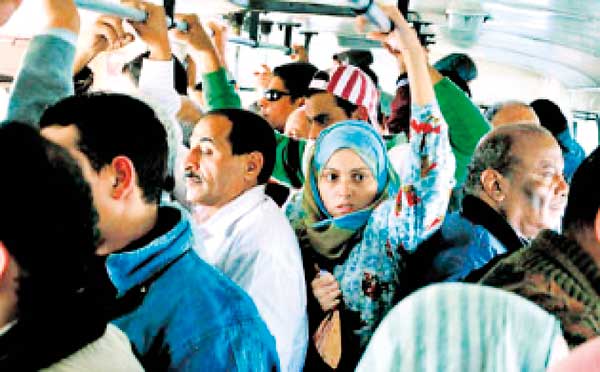02 Oct 2013 - {{hitsCtrl.values.hits}}

 Singapore’s Ex-Prime Minister Lee Kuan Yu is a controversial figure. He is praised for having guided the grand economic transition of Singapore, and is still questioned for undemocratic practices in safeguarding his vote bank over a long period.
Singapore’s Ex-Prime Minister Lee Kuan Yu is a controversial figure. He is praised for having guided the grand economic transition of Singapore, and is still questioned for undemocratic practices in safeguarding his vote bank over a long period..jpg)
.jpg) This is true both in the public sector and in the private sector. A previous Verité Research Insight called “Do Women and Minorities Face Glass Ceilings in Employment?” found that the economy-wide employment ratio of 2 : 1 in favour of men increased dramatically in the top tiers of the public sector. In the top tier of the public sector it becomes 6 : 1. In the second tier of the public sector it is still 5: 1. The private sector reflected even more serious disparities.
This is true both in the public sector and in the private sector. A previous Verité Research Insight called “Do Women and Minorities Face Glass Ceilings in Employment?” found that the economy-wide employment ratio of 2 : 1 in favour of men increased dramatically in the top tiers of the public sector. In the top tier of the public sector it becomes 6 : 1. In the second tier of the public sector it is still 5: 1. The private sector reflected even more serious disparities..jpg)
26 Nov 2024 15 minute ago
26 Nov 2024 19 minute ago
26 Nov 2024 23 minute ago
25 Nov 2024 25 Nov 2024
25 Nov 2024 25 Nov 2024